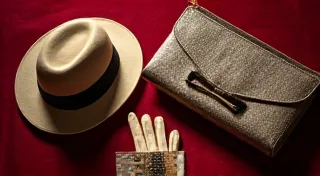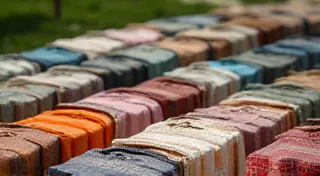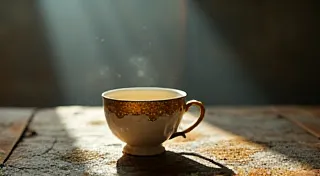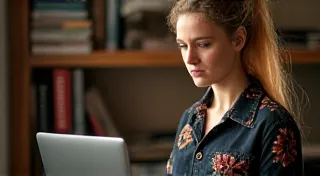The Alchemist's Wardrobe: Transforming Discarded Threads into Reverie
There's a certain poetry to vintage fashion that transcends mere aesthetics. It's a connection to lives lived, to stories woven into the very fabric of existence. Beyond the allure of a perfectly preserved 1950s dress or a gloriously patterned 1970s blouse lies a deeper truth: the vintage fashion community is inherently linked to the principles of repurposing and reinvention. We’re not simply acquiring garments; we’re inheriting a legacy of resourcefulness and creativity, a lineage of hands that knew how to mend, alter, and reimagine.
My own fascination with vintage began not with a lust for Chanel, but with a tattered, faded quilt my grandmother painstakingly created from scraps of old clothing. Each patch told a silent story – a child’s outgrown overalls, a beloved Sunday dress, even a piece of her husband's work shirt. It wasn’t perfect; the stitching was uneven, the colors mismatched, but it was imbued with a warmth and depth that no newly manufactured blanket could ever replicate. That quilt, more than any perfectly preserved garment, taught me the beauty of imperfection and the power of transformation.
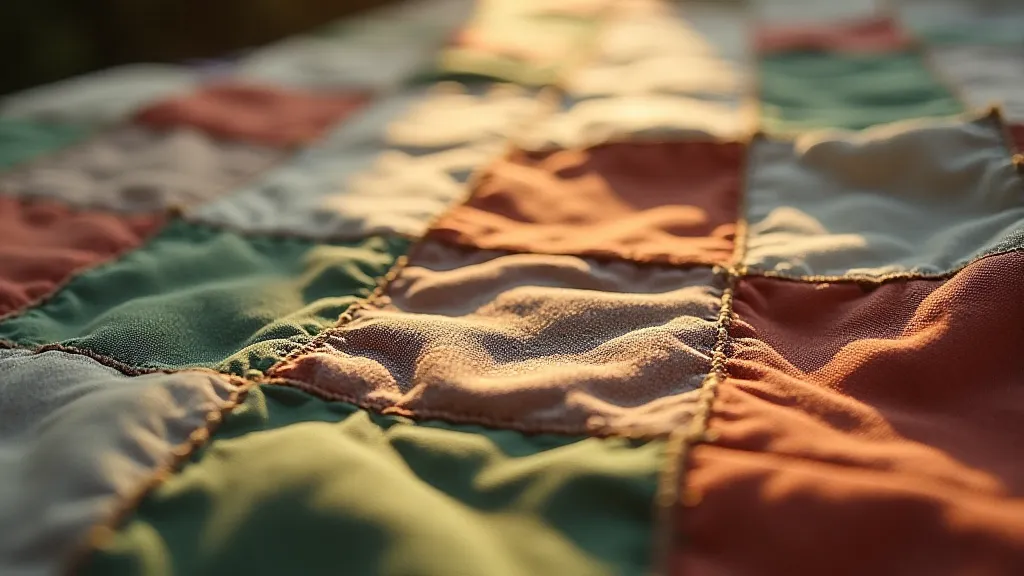
The History of Mending: A Thread Through Time
The concept of mending and altering clothing isn’t a modern invention born from the rise of sustainable fashion. Throughout history, it was a necessity. Before the era of mass production and disposable fashion, clothing was an investment, a precious resource to be cherished and preserved. During the Depression, for instance, “make-do and mend” was a common motto, not a trend. Families relied on patching, darning, and creative alterations to extend the lifespan of their wardrobes. Victorian women were skilled seamstresses, adept at transforming old dresses into new ensembles. Even the luxurious fabrics of the aristocracy were routinely altered and reworked.
Think about the resourceful ingenuity born of necessity. A worn-out skirt might be shortened and repurposed as a blouse. A faded dress might be cut apart and transformed into a child’s dress or a series of smaller items. The very idea of 'waste' as we understand it today simply didn't exist in the same way. Each garment held a potential for rebirth, a promise of continued utility. This wasn't simply about practicality; it was about honoring the investment, respecting the materials, and preserving a connection to the past.
The Modern Alchemist: Artisans of Reinvention
Today, the spirit of resourcefulness continues to thrive within the vintage fashion community. We see it in the rise of upcycling, the burgeoning market for vintage alteration services, and the passionate creativity of artisans who view discarded fabrics not as waste, but as a boundless palette for artistic expression. These are the modern alchemists of fashion, transforming the mundane into the magnificent.
Consider the work of artisans who deconstruct vintage garments and reconstruct them into entirely new creations. They might take a collection of worn-out denim jackets and transform them into a patchwork coat, or take a pile of discarded silk scarves and turn them into a flowing, bohemian gown. These are not simple alterations; they are acts of creative alchemy, breathing new life into forgotten materials.
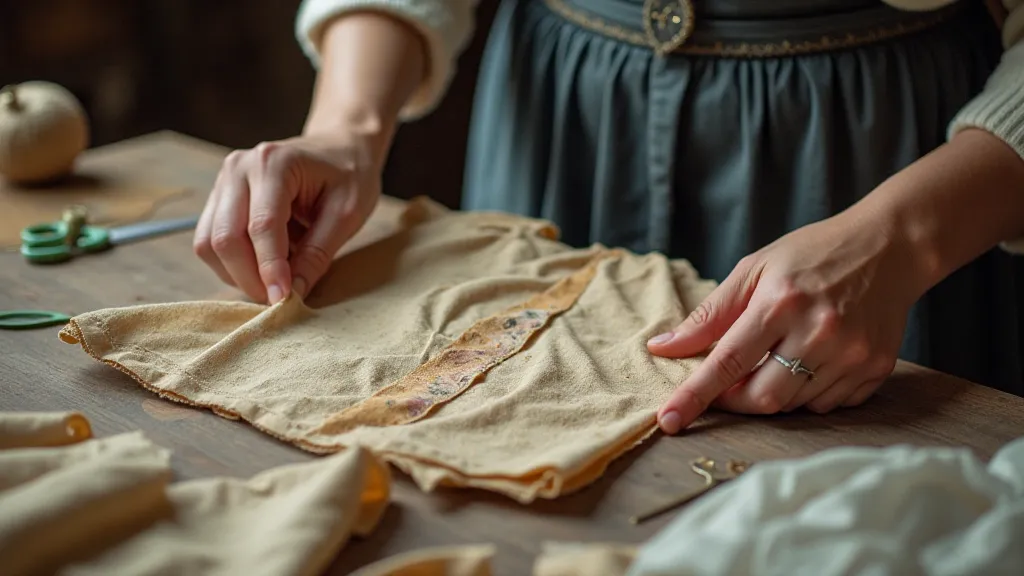
Collecting with Consciousness: Beyond the Aesthetic
For those drawn to collecting vintage fashion, there's a growing awareness of the ethical considerations involved. The environmental impact of fast fashion is undeniable, and choosing vintage is a powerful act of resistance against a system that prioritizes profit over sustainability. However, conscious collecting goes beyond simply buying vintage. It means understanding the history of the garment, appreciating the craftsmanship, and considering its journey through time.
When acquiring vintage clothing, take a moment to examine the construction. Look at the stitching, the buttons, the lining. Notice the quality of the fabrics and the attention to detail. These are hallmarks of a bygone era when garments were made to last, not to be discarded after a single season. Learning to identify these details not only enhances your appreciation for vintage fashion, but also helps you make informed purchasing decisions.
Restoration: Preserving the Narrative
While upcycling and reinvention celebrate the transformative power of alteration, sometimes the best course of action is careful restoration. Mending tears, replacing missing buttons, and gently cleaning a garment can preserve its historical integrity and ensure its longevity. Restoration isn't about erasing the signs of age; it's about stabilizing the garment and preventing further deterioration, allowing its story to continue unfolding.
However, it’s crucial to approach restoration with sensitivity and respect. Oversized alterations or attempts to “modernize” a vintage garment can diminish its historical value. The goal is to preserve the essence of the piece, not to transform it into something it’s not. It is a delicate balance between preservation and appreciation.
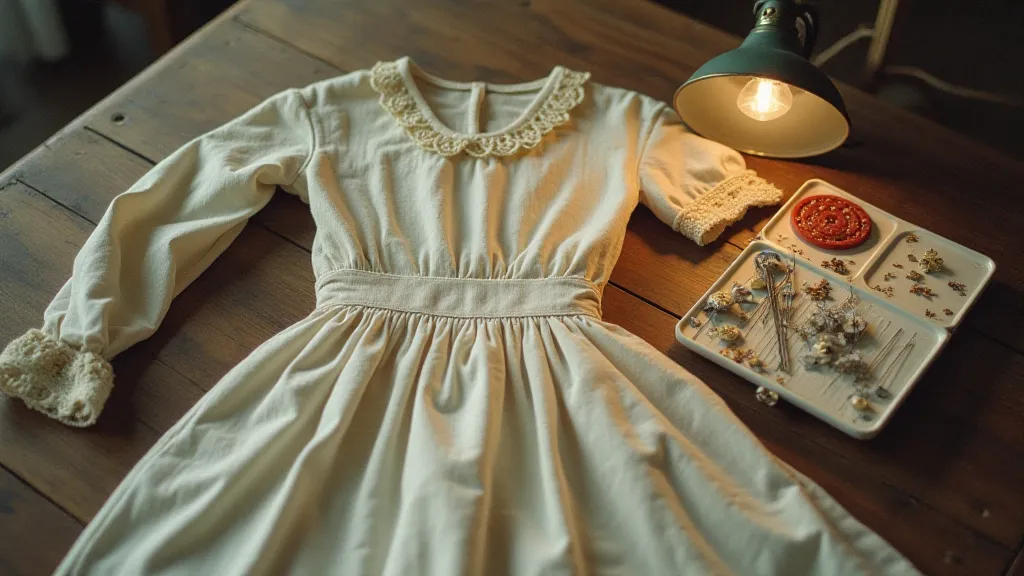
The vintage fashion community isn’t just about acquiring beautiful clothes; it's about embracing a philosophy of resourcefulness, creativity, and respect for the past. It’s about recognizing the inherent value in discarded materials and celebrating the artistry of those who transform them into something new. The alchemist’s wardrobe is more than just a collection of clothes; it's a testament to the enduring power of reinvention, a beautiful echo of lives lived, and a sustainable path toward a more mindful and creative future.

